Our Industry’s Commitment to Research
The Fertilizer Industry has a rich history of supporting science and research to help us to better understand plant nutrition and soil fertility. Through the FERT Foundation, TFI continues to support science and research for the industry as a whole. TFI believes that sound, unbiased research helps to lead our industry toward our sustainability goals and helps the nations growers to implement sustainable production practices, like 4R nutrient stewardship. The fertilizer industry is an industry that celebrates and is backed by science.
4R Nutrient Stewardship: A Scientific Concept
What are the 4Rs?
By controlling fertilizer source, application rate, timing and placement, farmers can be profitable and protect the environment.
Right Source
Selecting the right source involves evaluating and responding to a number of factors including soil physical and chemical properties, blend compatibility and the availability of on-farm sources of nutrients
Right Rate
Involves assessing plant nutrient demand, soil nutrient supply including the availability of nutrients in manure, composts, crop residues and more.
Right Time
Includes assessing timing of plant nutrient uptake as well as the dynamics of soil nutrient supply.
Right Place
Positioning needed nutrient supplies strategically, so that plants develop properly and achieve their yield potential.
With industry support, scientists developed the theory of 4R Nutrient Stewardship. 4R is a concept that has been adopted by industry, growers, and policymakers, and U.S. agencies as a conservation practice. 4R Nutrient Stewardship is the practice of applying nutrients at the right time, right rate, with the right source, and in the right place, has been supported through the science as a meaningful tool to improve crop yields while lowering environmental impacts. This concept was born out of and promoted by the scientific research community and is a true example of how industry dollars can help a scientific theory become a commonplace brand across the agricultural industry.
Past Research

Impacts of 4R Nitrogen Management on Crop Production and Nitrate-Nitrogen Loss in Tile Drainage
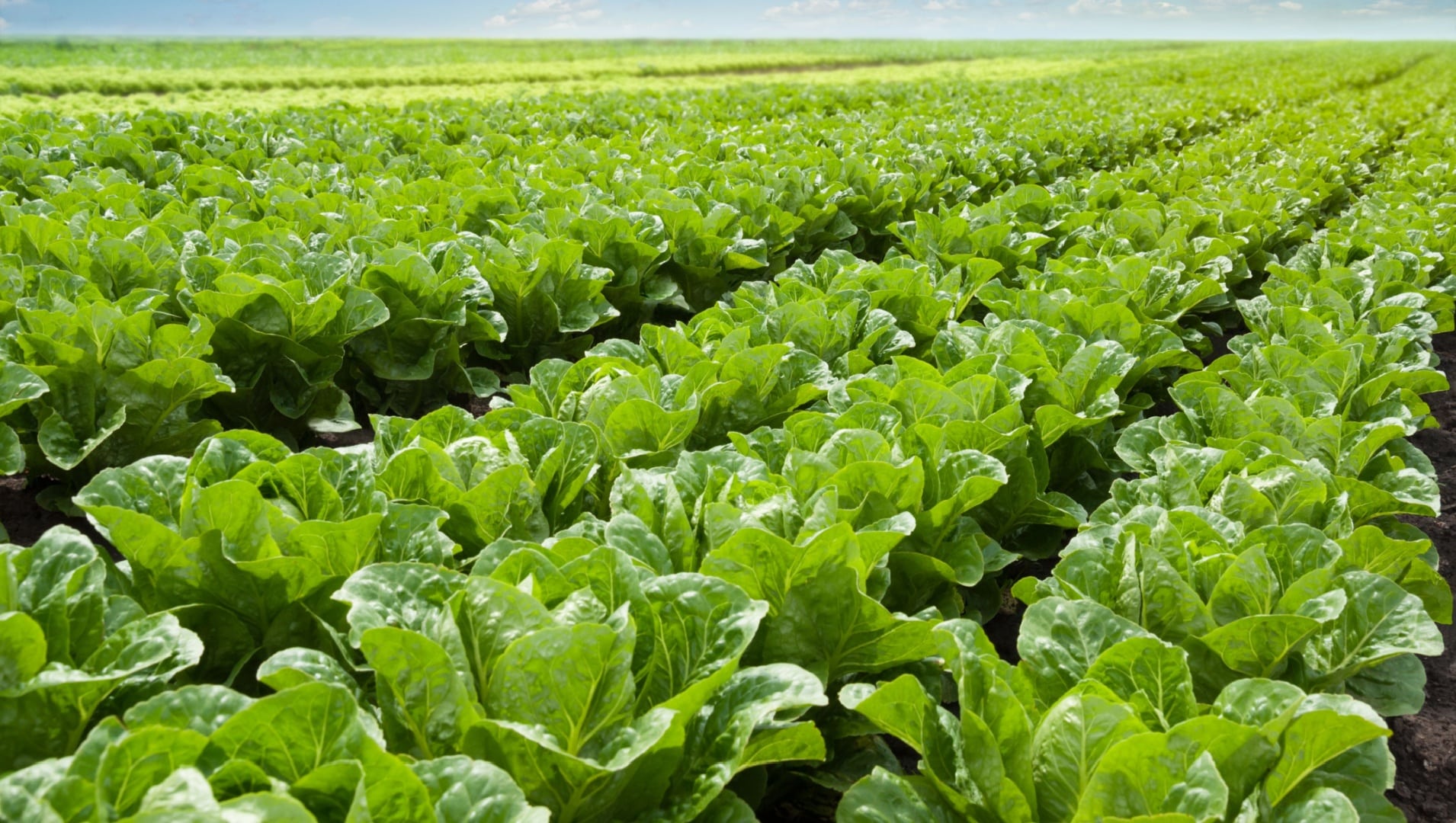
Spatial and Temporal N Management for Irrigated Vegetable Production Systems
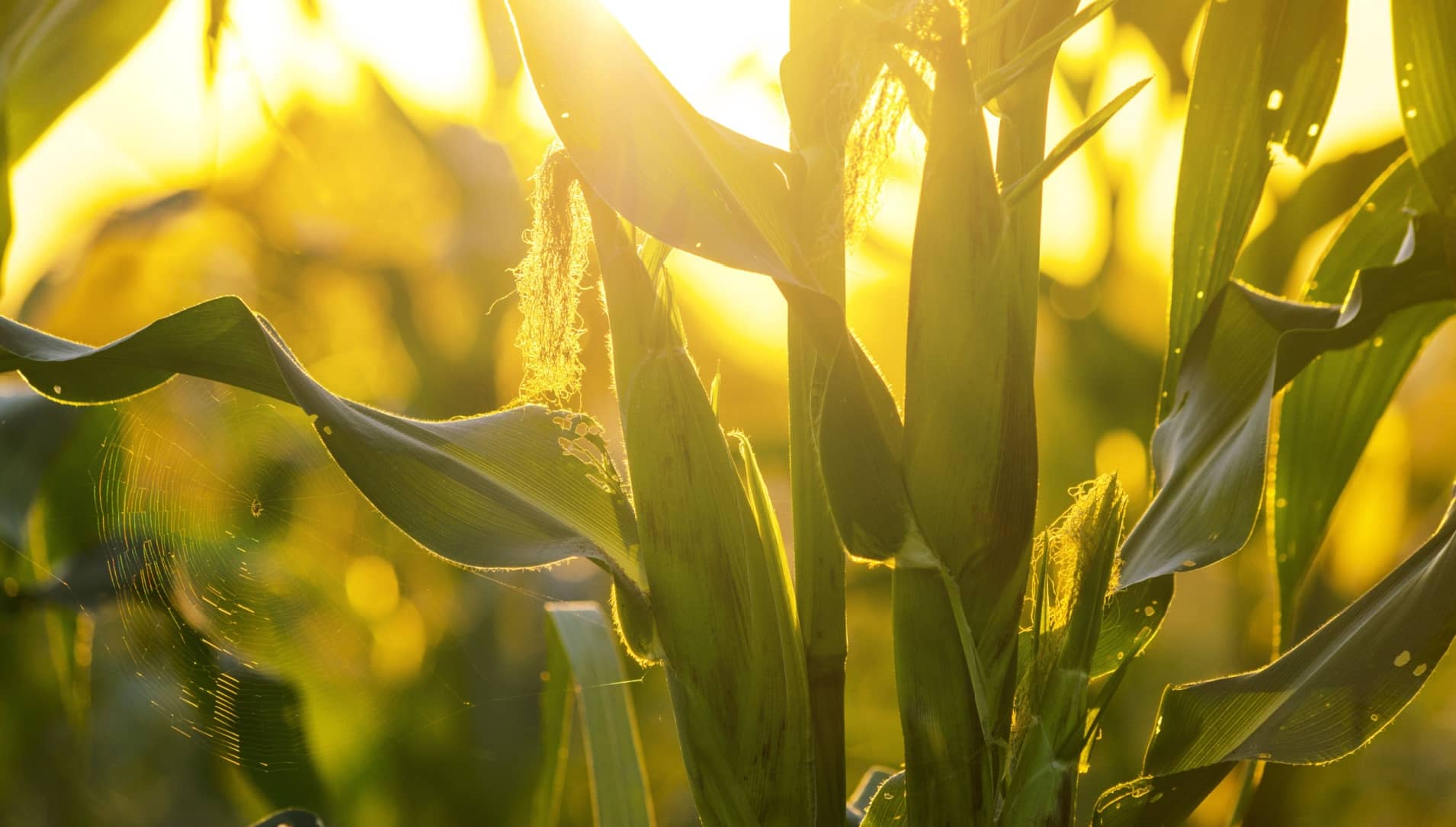
Coordinated Site Network for Studying the Impacts of 4R Nutrient Management on Crop Production and Nutrient Loss
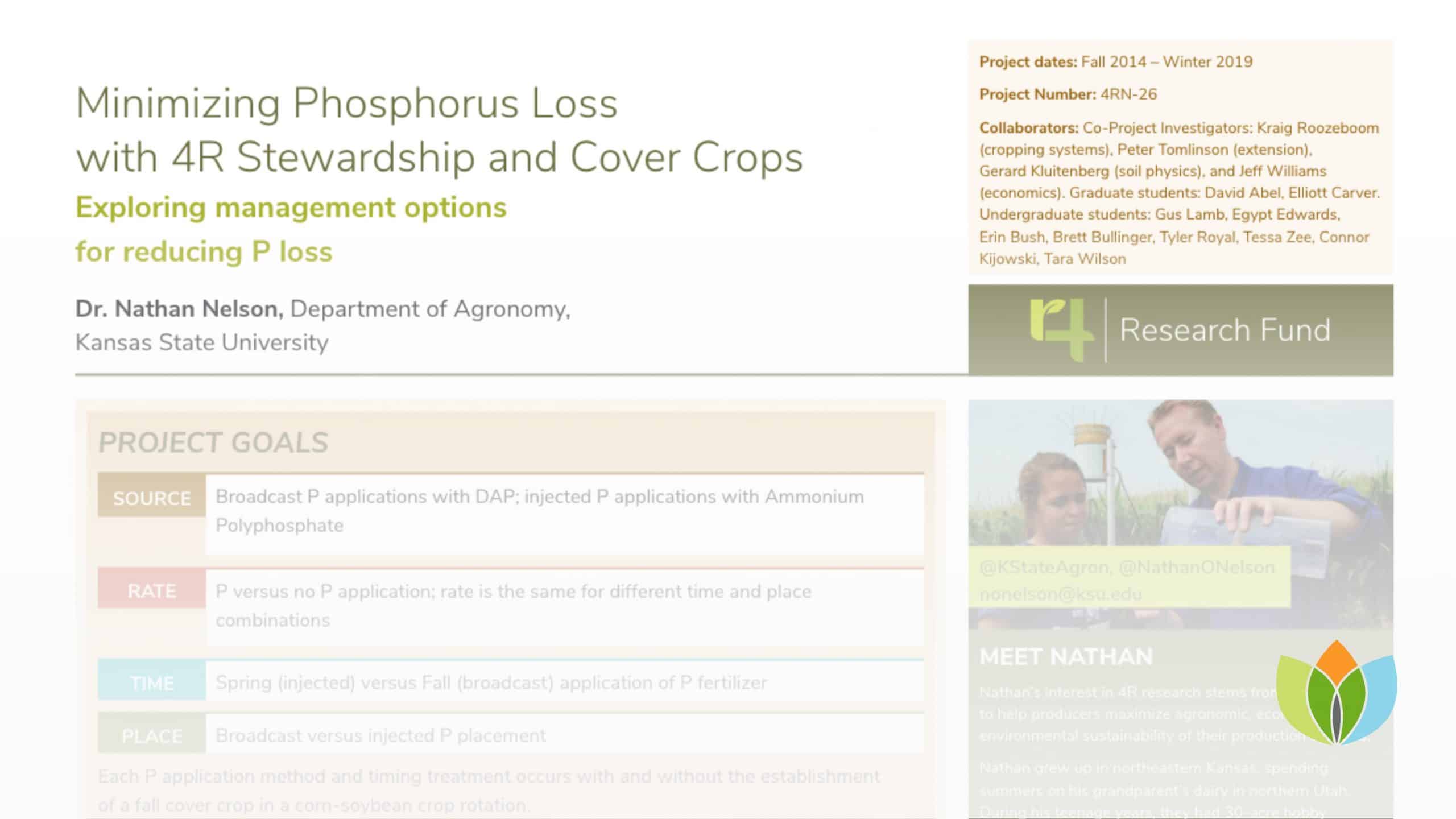
Minimizing Phosphorus Loss with 4R Stewardship and Cover Crops
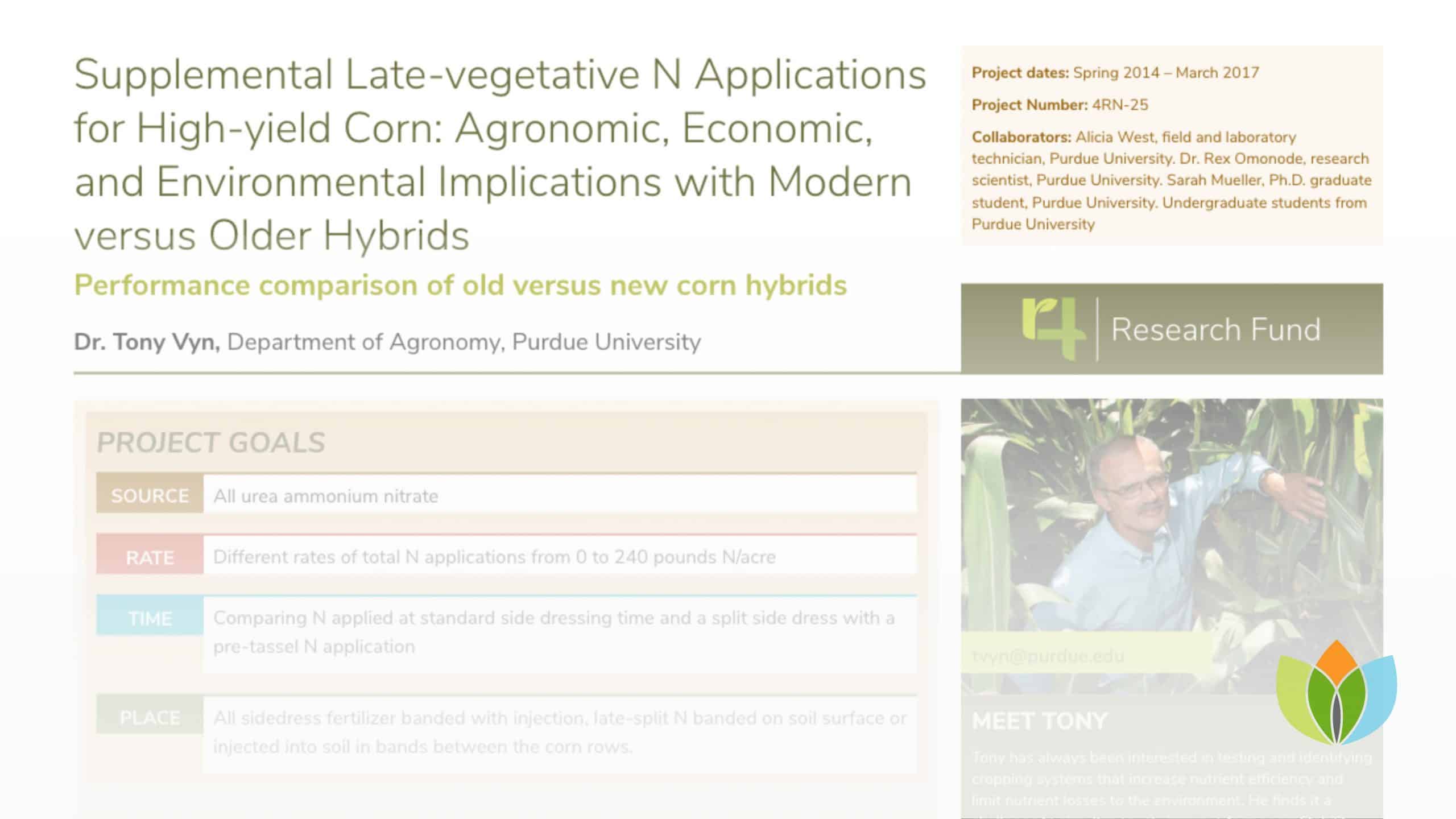
Supplemental Late-vegetative N Applications for High-yield Corn: Agronomic, Economic, and Environmental Implications with Modern versus Older Hybrids
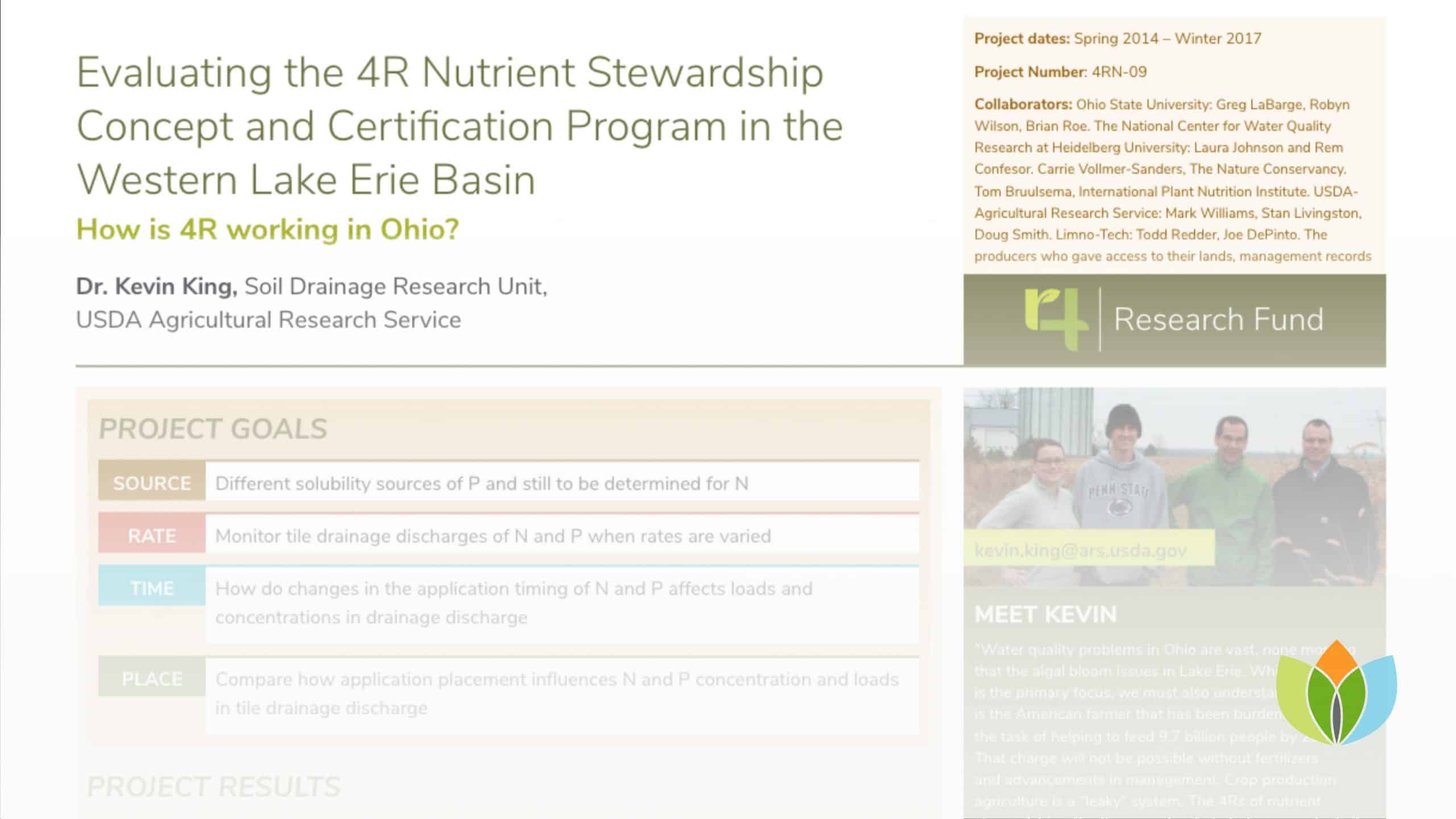
Evaluating the 4R Nutrient Stewardship Concept and Certification Program in the Western Lake Erie Basin
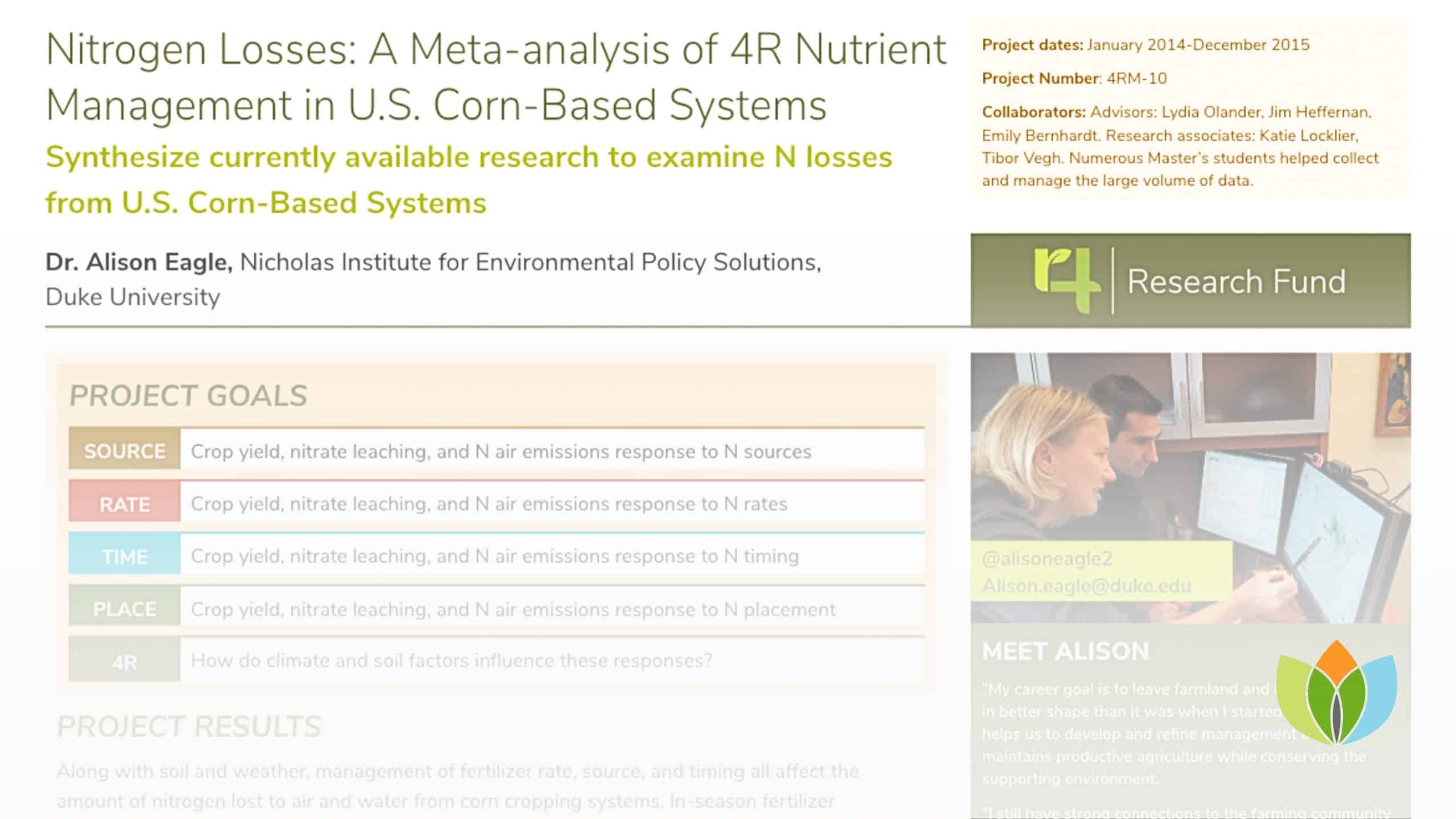
Nitrogen Losses: A Meta-analysis of 4R Nutrient Management in U.S. Corn-Based Systems

Phosphorus Fertilizer Placement and Tillage Interaction for Corn and Soybean in the U.S.
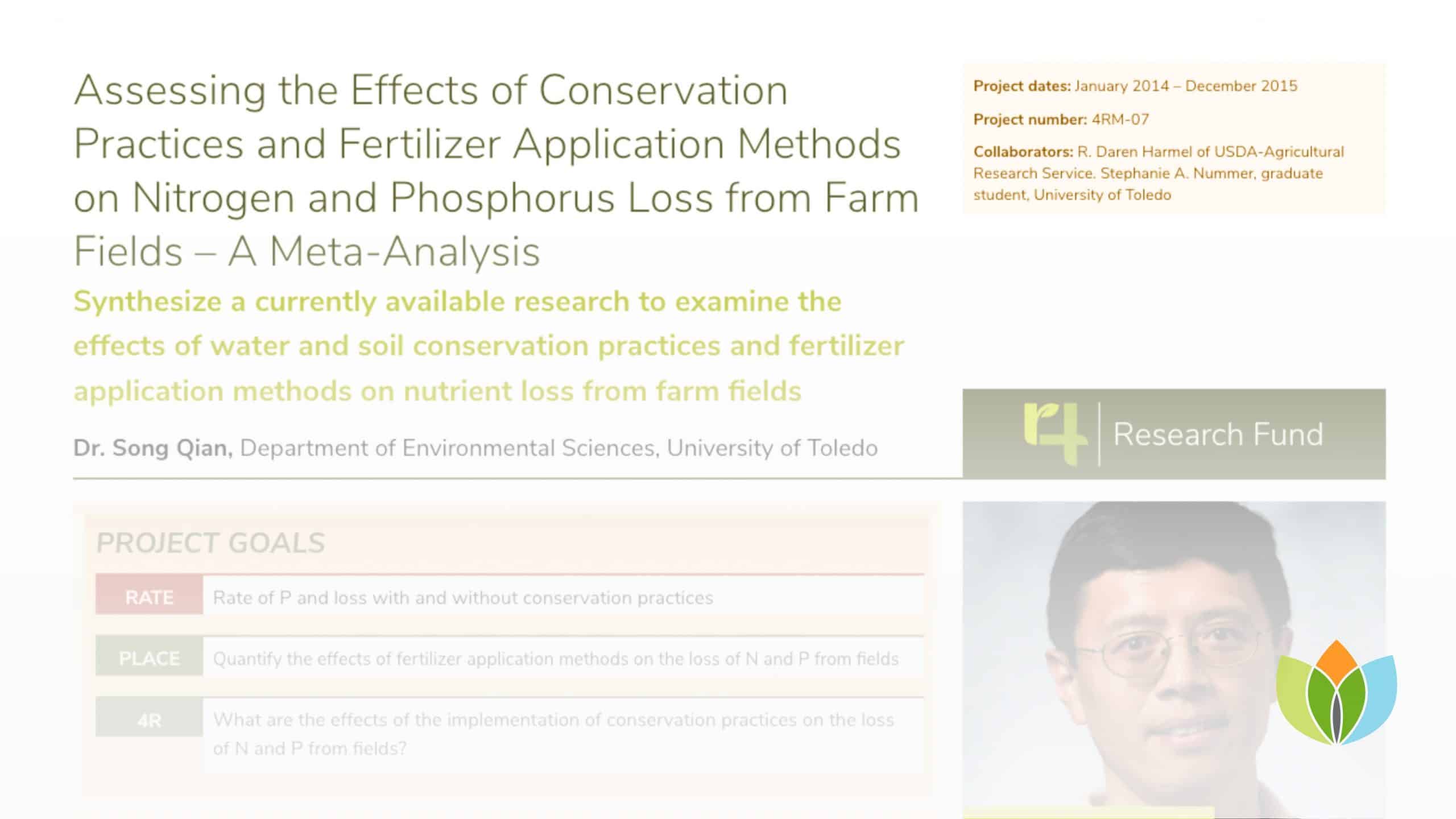
Assessing the Effects of Conservation Practices and Fertilizer Application Methods on Nitrogen and Phosphorus Loss from Farm Fields – A Meta-Analysis
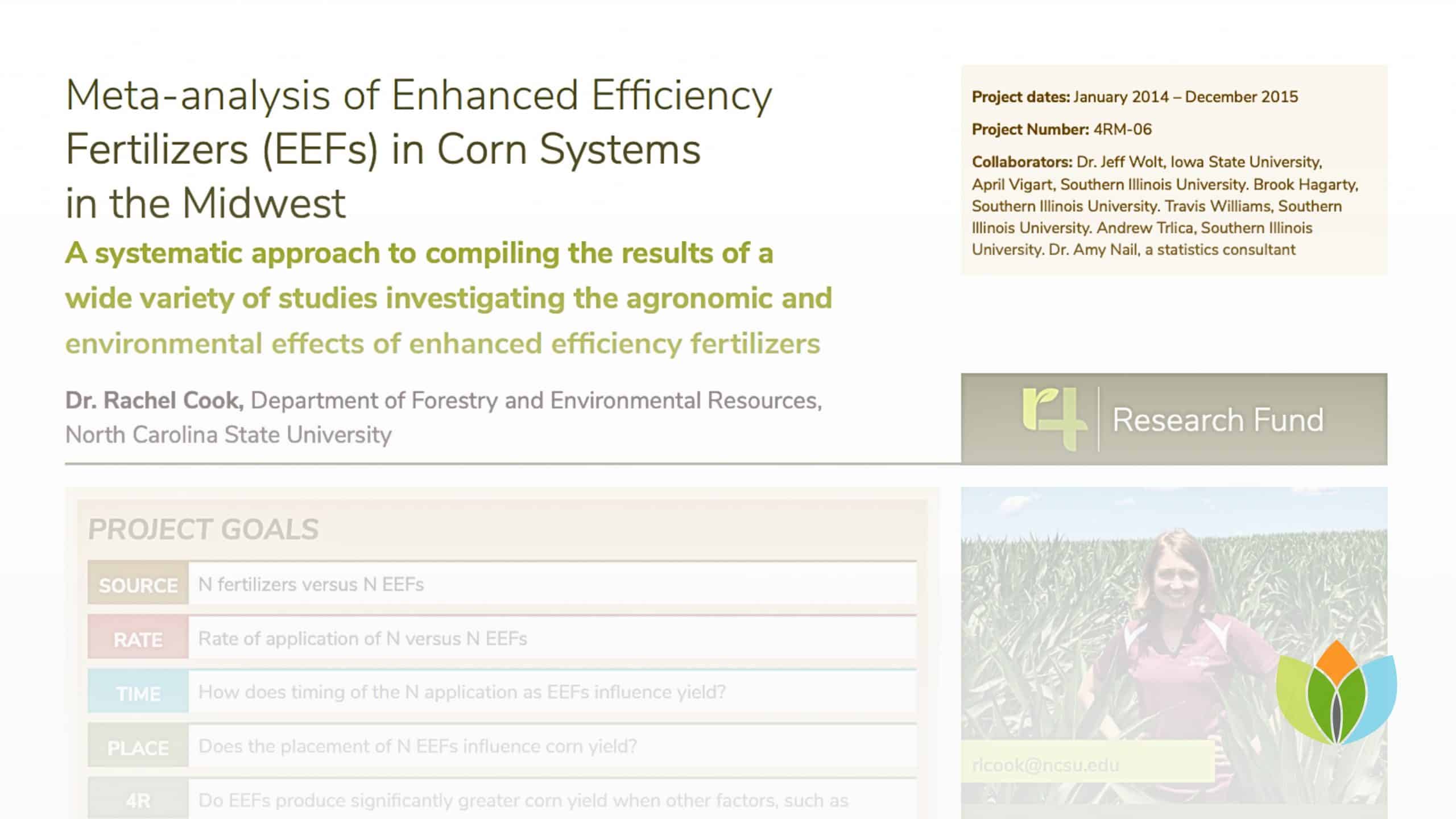
Enhanced Efficiency Fertilizer in Corn Systems in the Midwest

A 'Manage' ed approach for 4R nutrient stewardship on drained land
How We Refine the 4Rs: Our Current Research
The 4Rs were first coined around the time precision agriculture was being proposed as a new agricultural practice. Today, we continue to help further our understanding of how to best implement the 4Rs with current research. This research helps us to continue improving our knowledge of the 4Rs and how to best implement them in various crops, climates, and soils.
Current 4R Research & Research Updates

FERT Research Supports N Fertilizer’s Role in Soil Health and Sustainable Agriculture

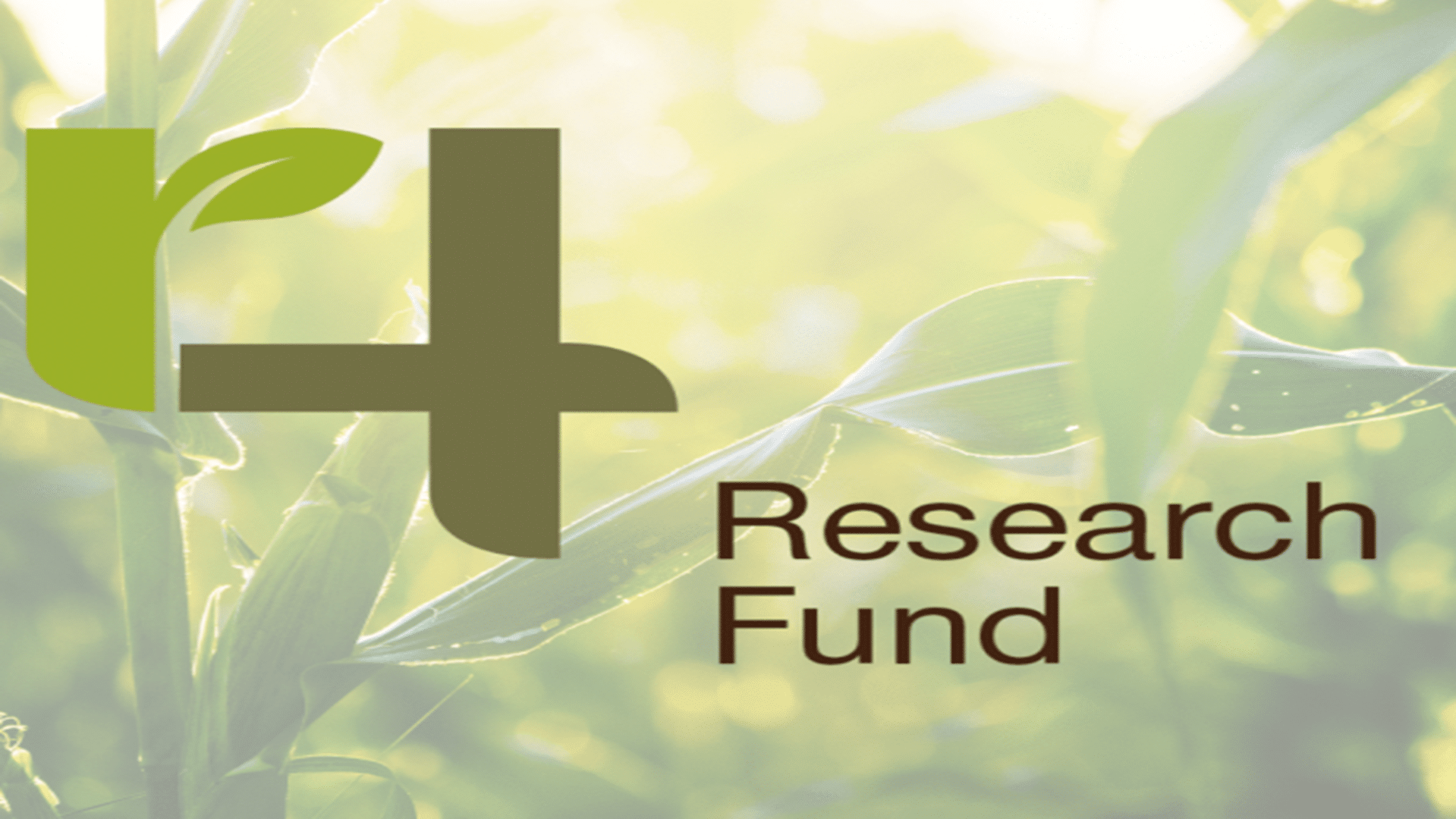
Published Journal Articles from the 4R Research Fund
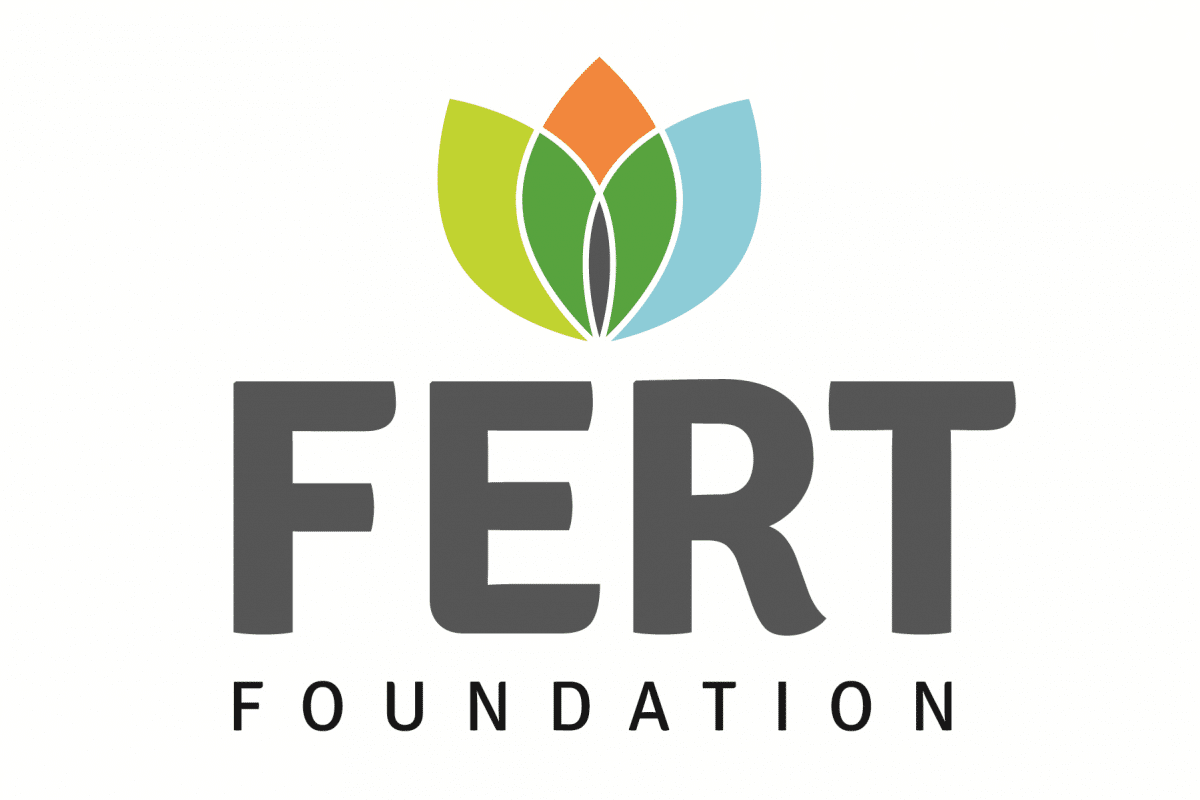
4R Research Update: Optimizing Potassium Management in Almond

Nitrogen Losses: Meta-analyses on Fertilizer Management- Results and Recommendations.

Relationships of Nitrous Oxide Emissions to Fertilizer Nitrogen Recovery Efficiencies in Rain-fed and Irrigated Corn Production Systems: Data Review

Coordinated Site Network for Studying the Impacts of 4R Nutrient Management on Crop Production and Nutrient Loss

Spatial and Temporal N Management for Irrigated Vegetable Production Systems
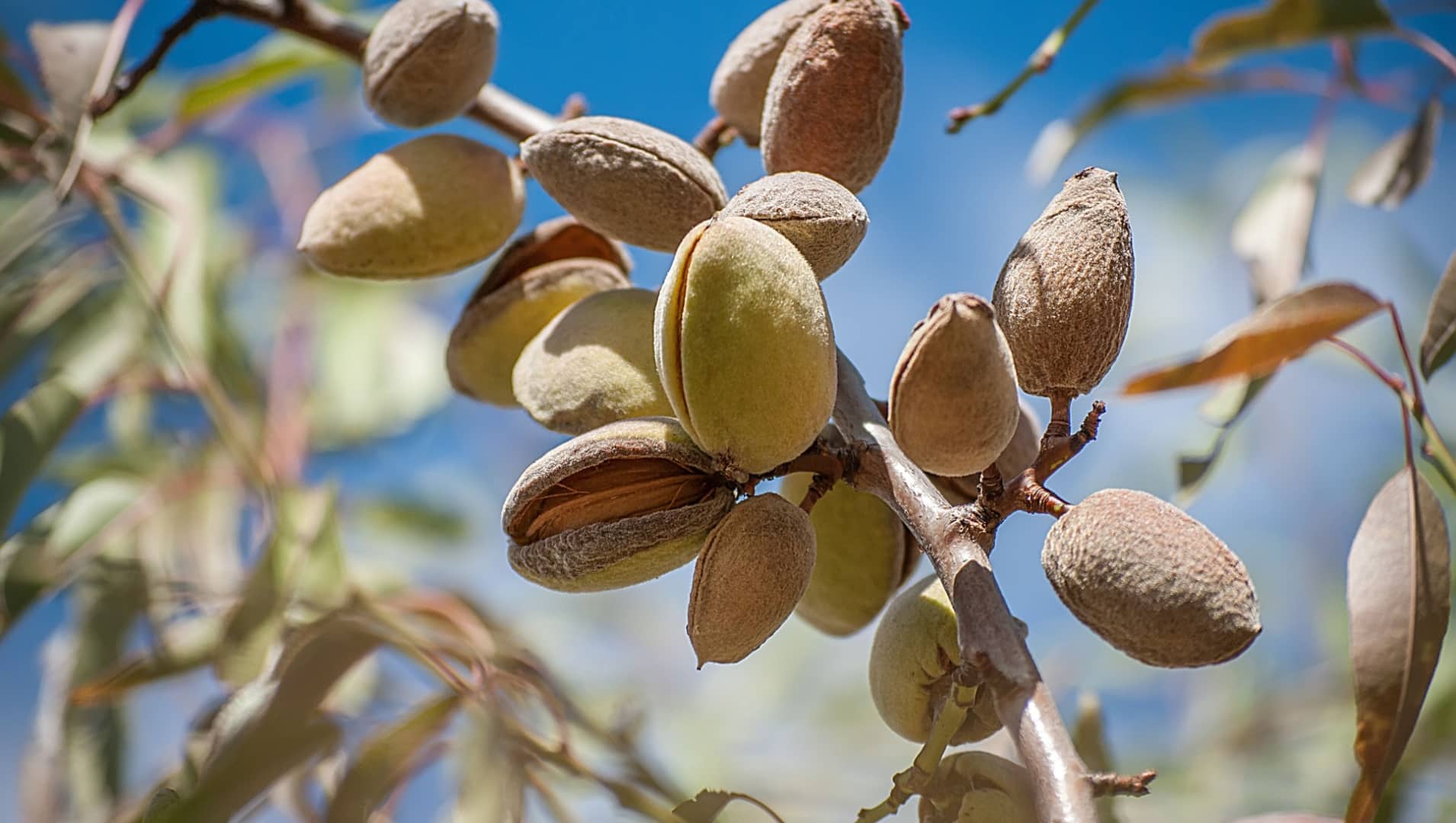
Nitrate-sensitive salinity management: An advanced 4R practice to optimize nutrient and water uptake under microirrigation
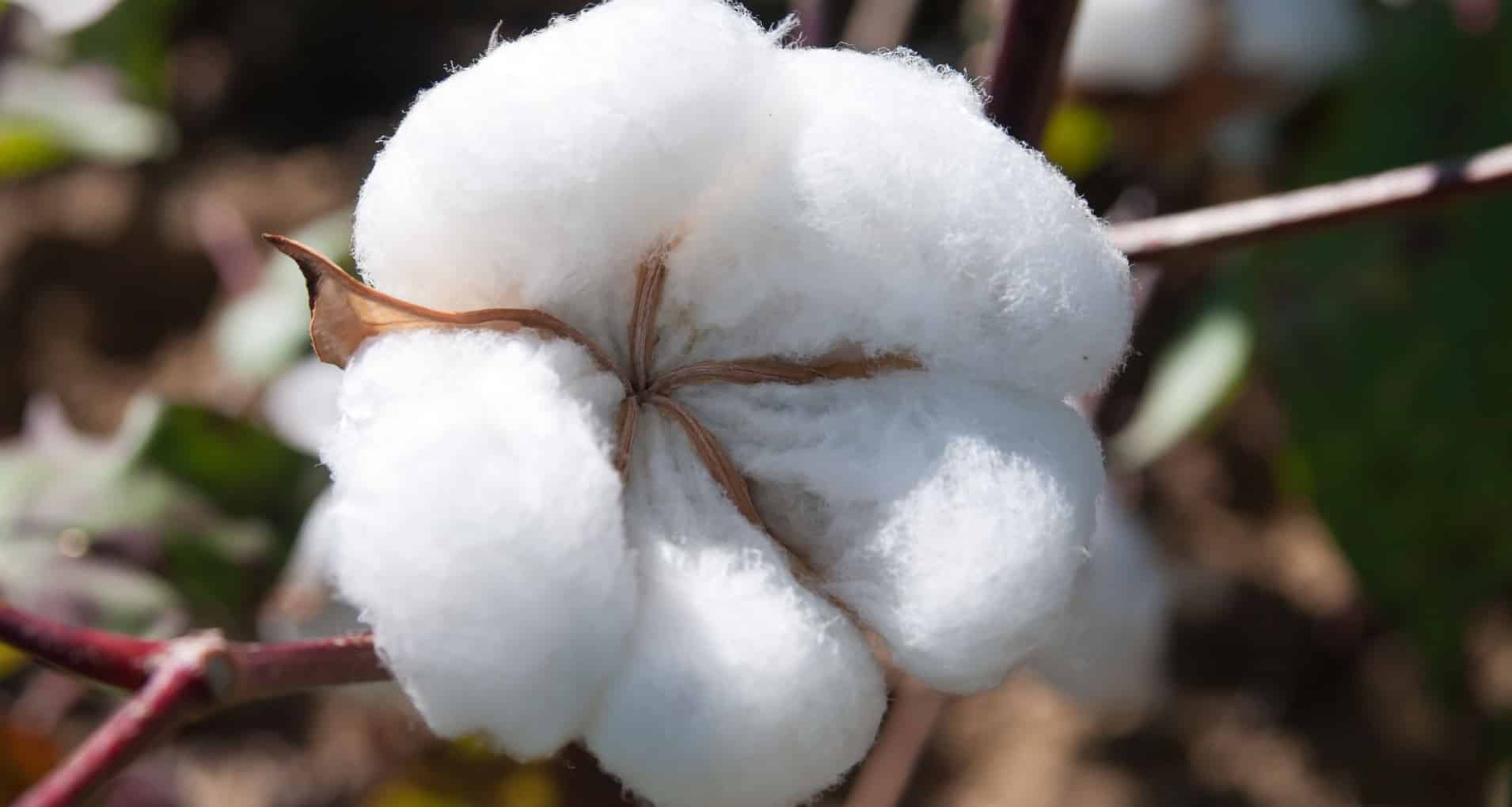
An Integrated Approach for Nitrogen Management In Upland Cotton Across The U.S. Cotton Belt
History of Industry Investment in Research
The industry has a long history of supporting the sciences that helps our policy makers of today make decisions. The investment has resulted in a strong reputation with academics and other third-party entities that have viewed the industry as a trusted supporter of unbiased, scientific advancement.
The 4R Research Fund was established in 2013 under the Foundation of Agronomic Research (FAR) where the industry contributed roughly $8.5M to nutrient research. In leveraging the initial industry investment, roughly $15M has been invested in nutrient stewardship research from matching public and private dollars.
Prior to the 4R Research Fund, research dollars were allocated to the International Plant Nutrition Institute (IPNI), and before IPNI, there was investment in the Potash & Phosphate Institute (PPI) (est. 1996) for crop nutrient research. In 2025, the Fluid Fertilizer Foundation (FFF) formally joined the FERT Foundation.
The industry (including TFI, FFF, FAR, IPNI, and PPI) can be found in the acknowledgement section in hundreds of peer-reviewed papers, academic white papers, and educational publications.
The large scientific body of work is now what policy makers and researchers turn to make recommendations for policy. We lean on this body of work to advocate for our industry and cite the science in our policy one-pagers, white papers, and briefs.
IPNI Resources
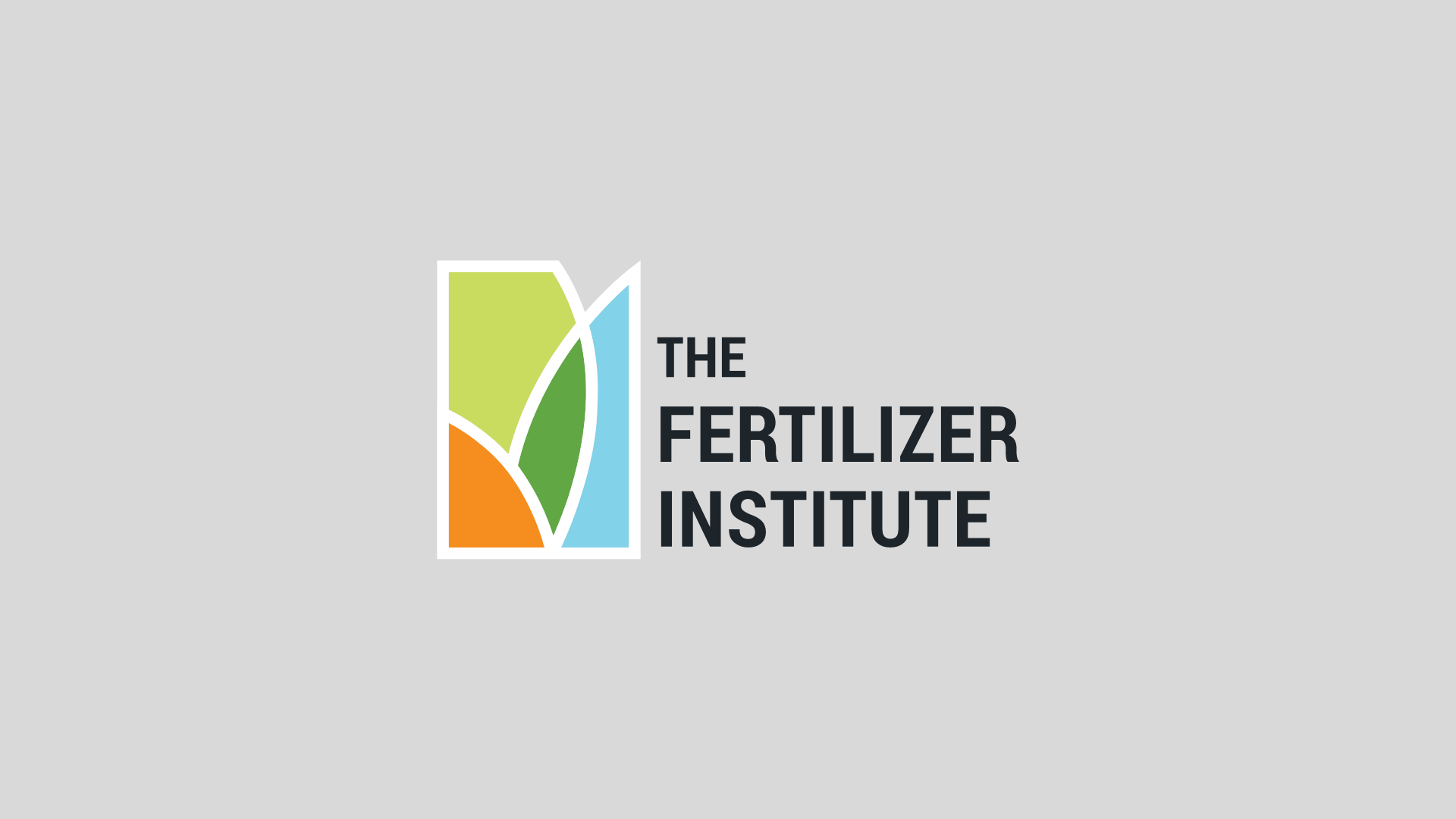
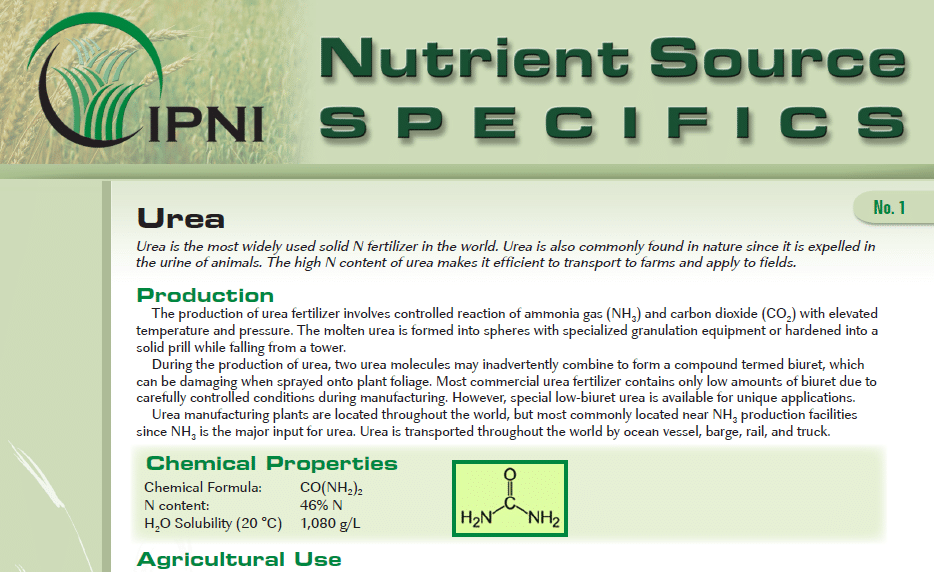
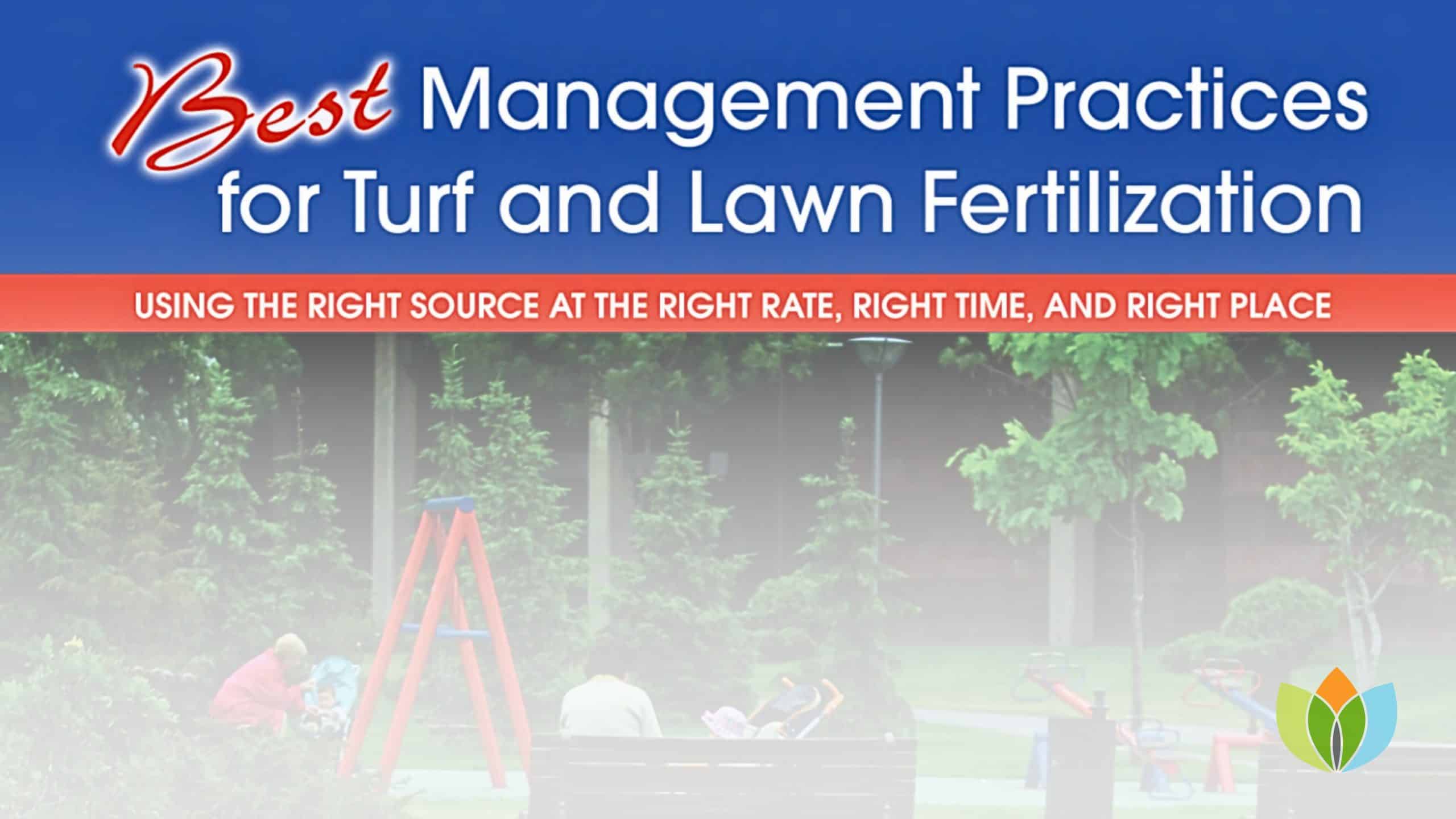
Best Management Practices for Turf and Lawn fertilization
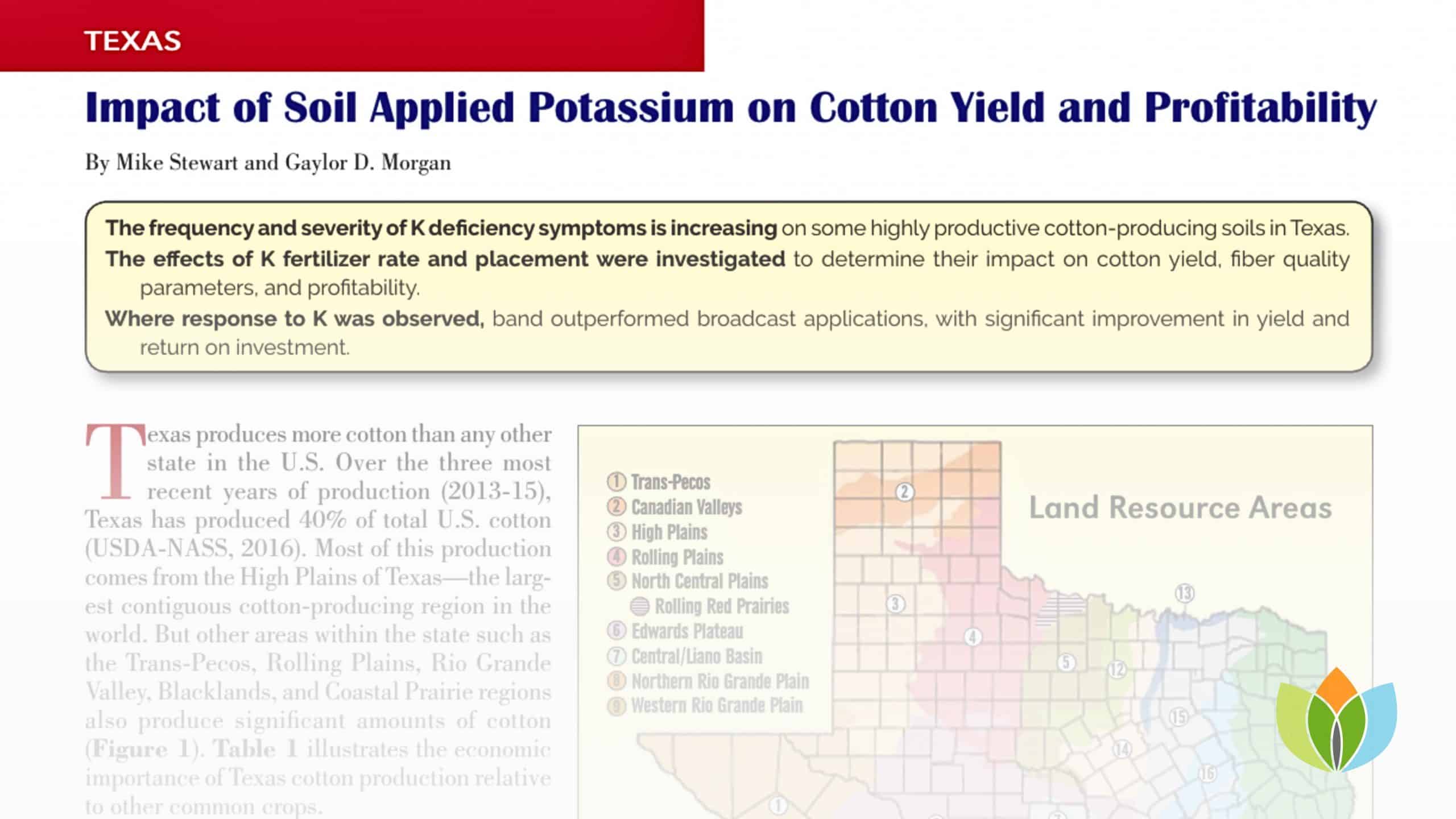
Impact of Soil Applied Potassium on Cotton Yield and Profitability


The Identification of Management Strategies that Target Multiple Nitrogen Loss Pathways (Part 3 of 3)
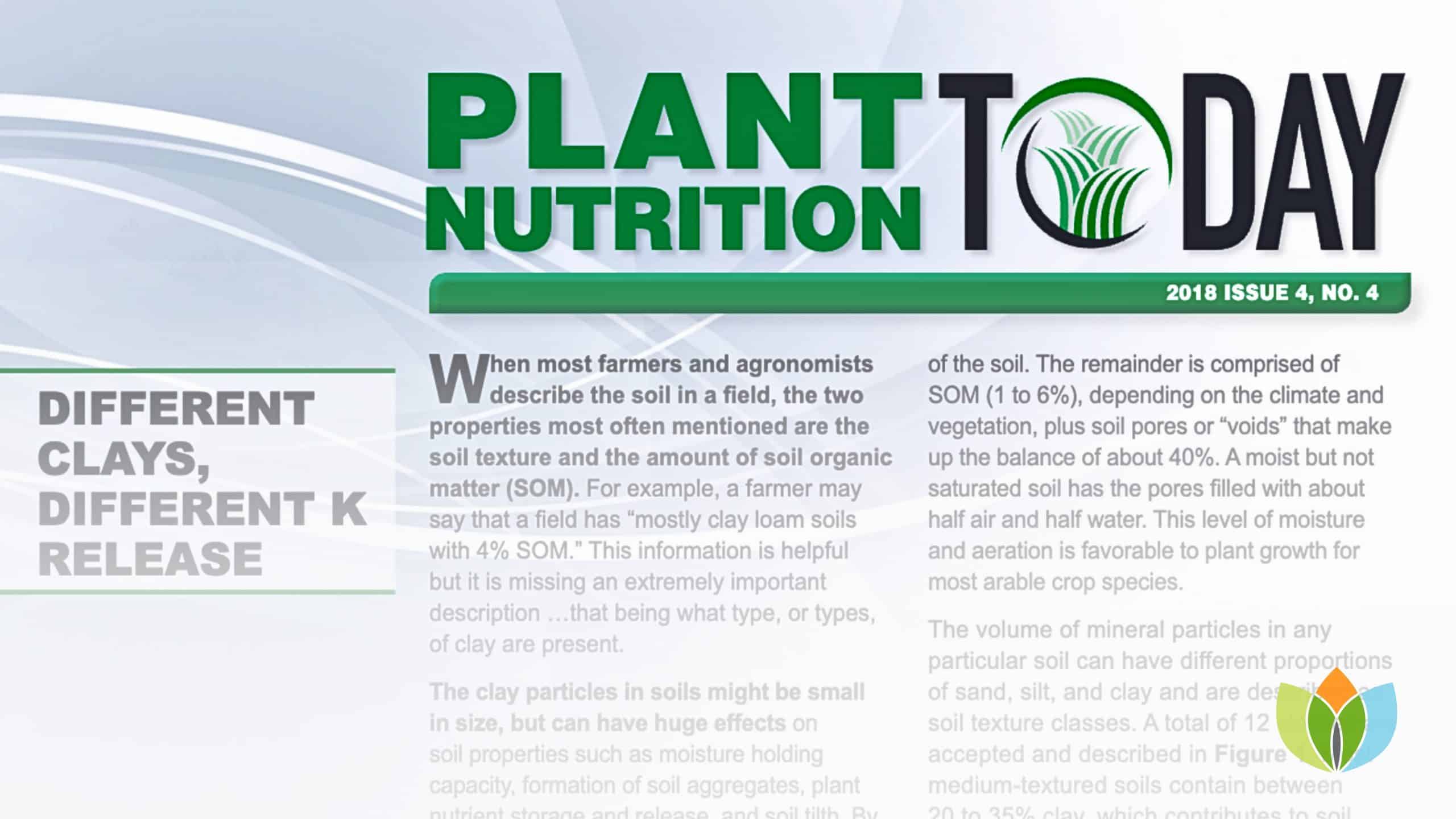

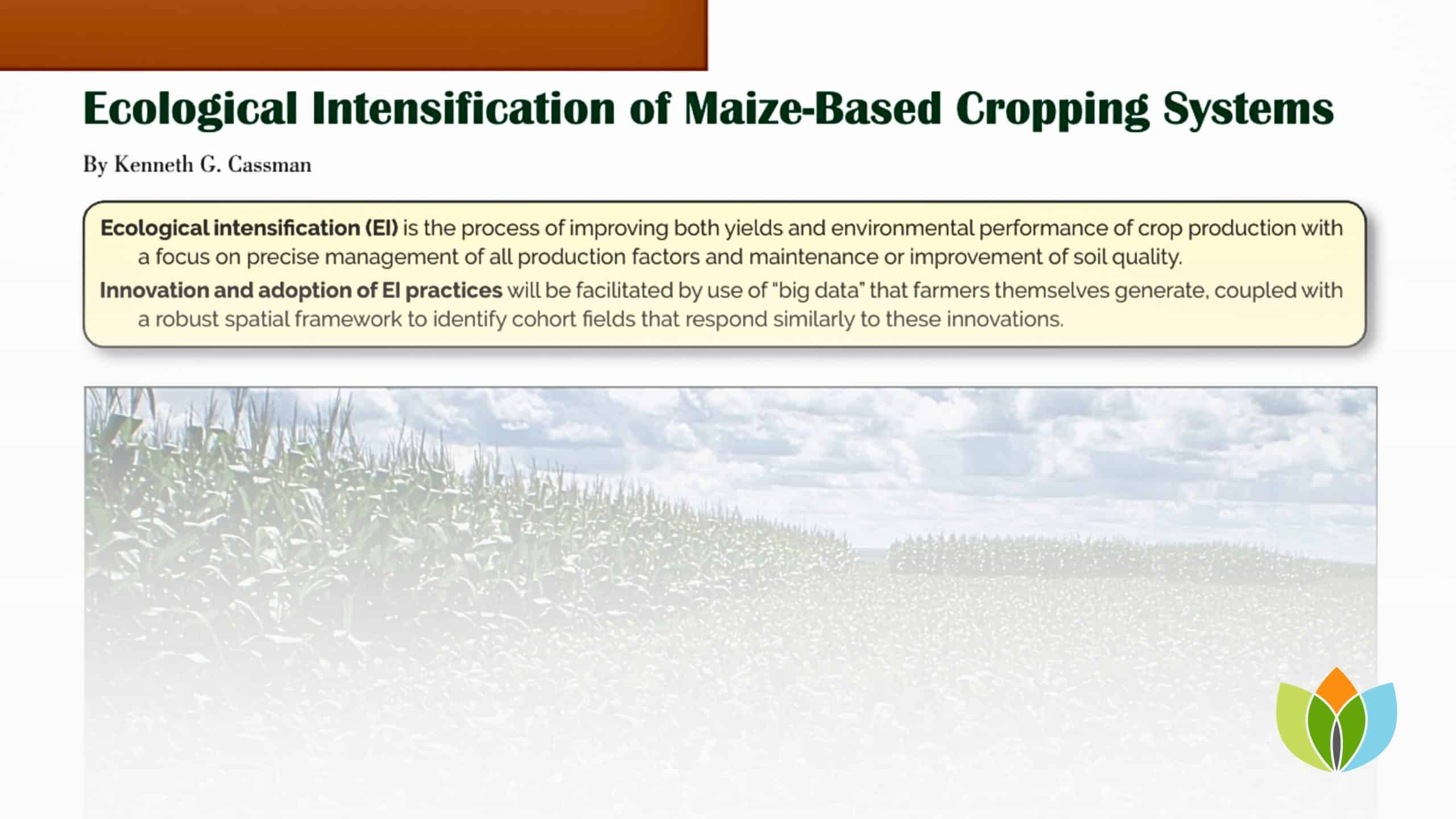
Ecological Intensification of Maize-Based Cropping Systems
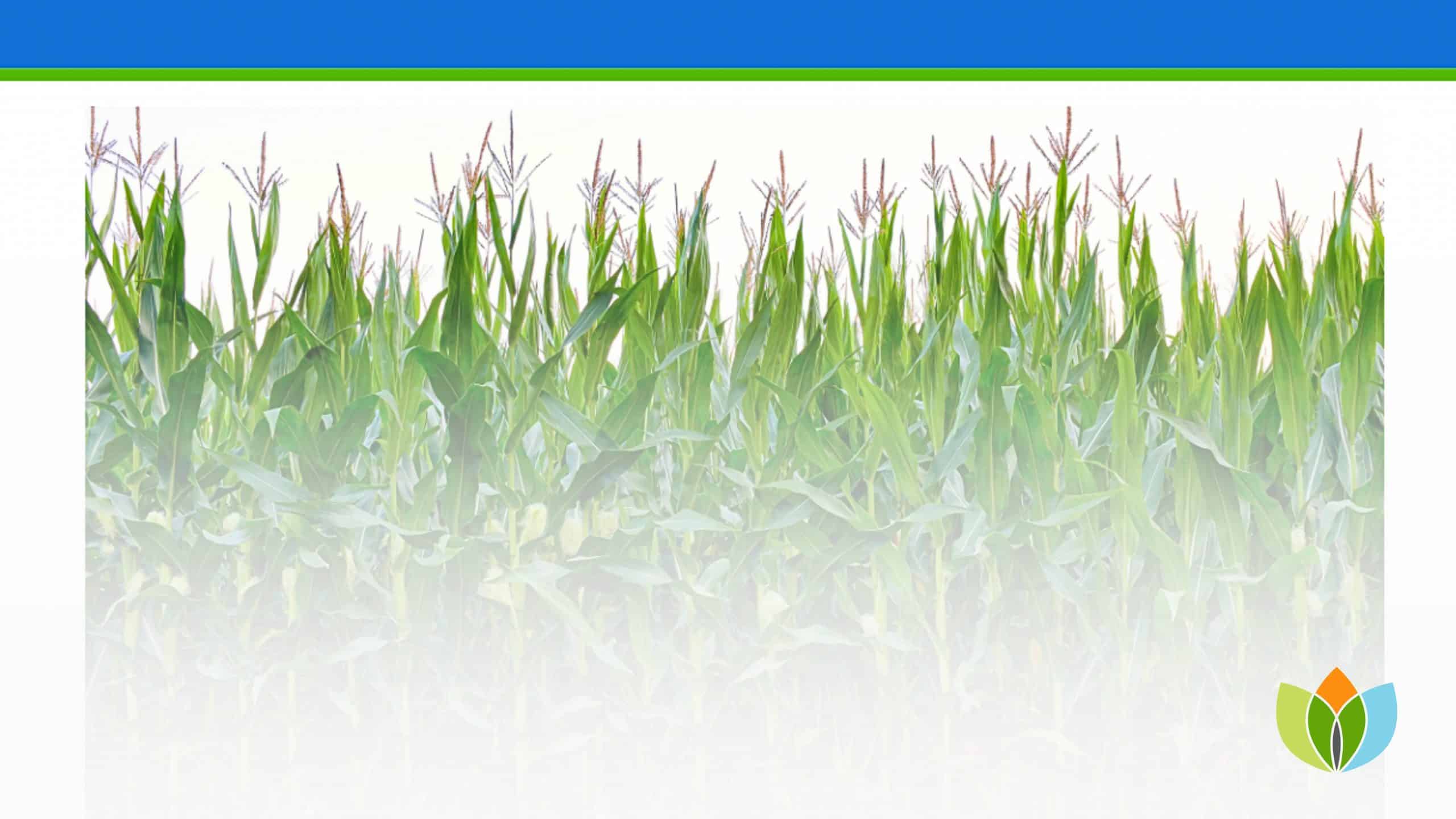
TFI supports scientific research as a means of better understanding potential solutions to the challenges facing agriculture. We collaborate with farmers, research institutions NGOs and government agencies to investigate and quantify the value of 4R Nutrient Stewardship to sustainable fertilizer use.